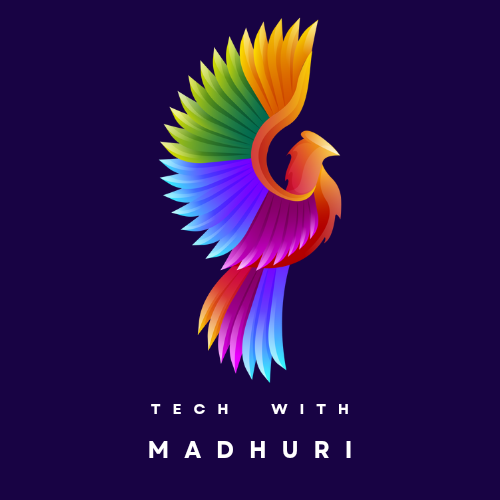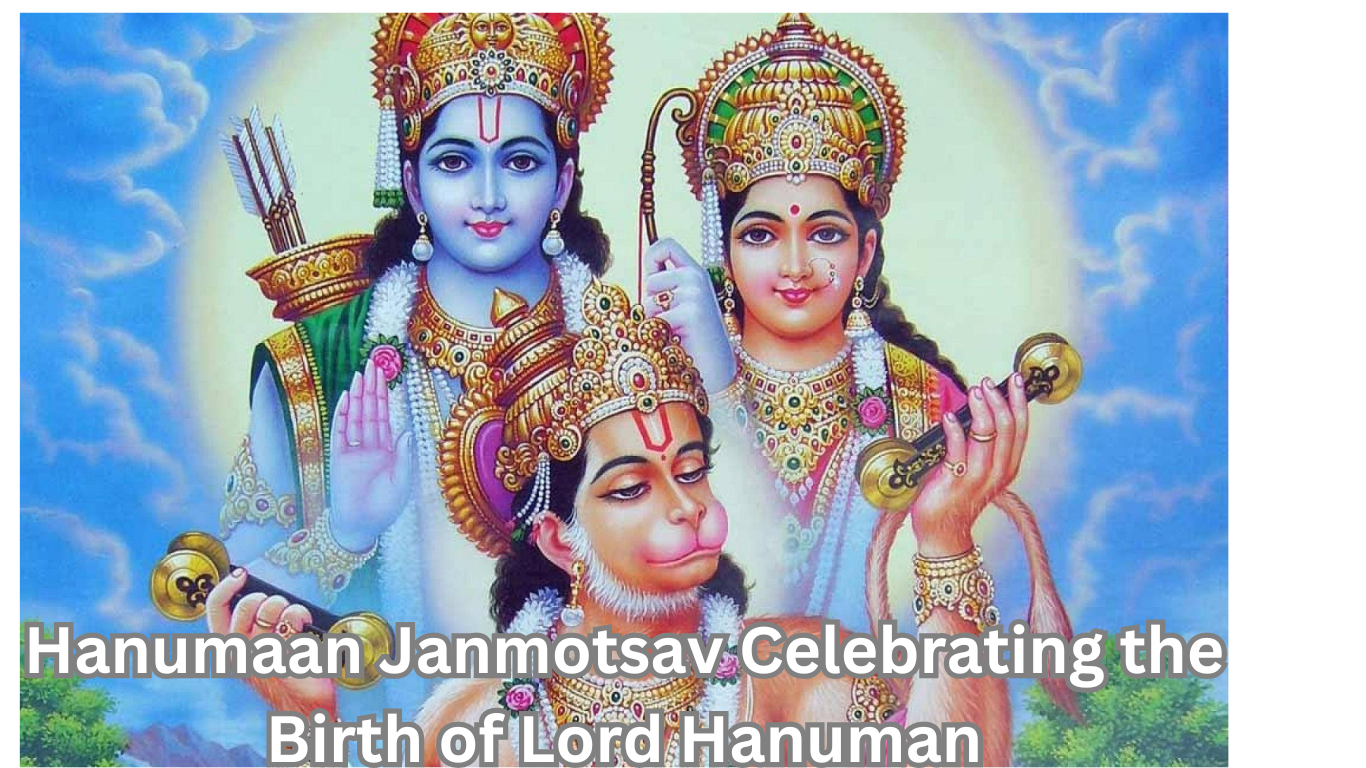Hanumaan Janmotsav Celebrating the Birth of Lord Hanuman.
Hanumaan Janmotsav is a lively Hindu celebration commemorating the birth and reverence of Lord Hanuman, the adored monkey-god famed for his steadfast devotion, enormous power, and heroic feats.
The Significance of Hanumaan Janmotsav
Devotion and Loyalty
Hanumaan Janmotsav celebrates the unwavering devotion and loyalty of Lord Hanuman to Lord Rama, a central figure in the Hindu epic Ramayana. His selfless actions and heroic feats inspire devotees to emulate his virtues.
Strength and Courage
Lord Hanuman is revered for his immense physical and mental strength, as well as his courageous spirit. The festival honors these qualities, encouraging devotees to cultivate their own inner power and bravery.
Spiritual Awakening
Hanumaan Janmotsav is a time for spiritual reflection and renewal, as devotees seek to deepen their connection with the divine and unlock their own potential for transformation through the grace of Lord Hanuman.
Historical Background and Legends
Birth and Childhood
According to Hindu mythology, Lord Hanuman was born to the wind god Vayu and Anjana, a female devotee. His birth was marked by miraculous events, setting the stage for his extraordinary life and deeds.
Heroic Deeds
As a young, powerful demigod, Hanuman played a pivotal role in the Ramayana epic, assisting Lord Rama in his quest to rescue his wife, Sita, from the demon king Ravana. Hanuman’s feats of strength, courage, and loyalty are celebrated during the festival.
Enduring Legacy
Hanuman’s unwavering devotion and heroic actions have firmly established him as a beloved and revered figure in Hinduism. Hanumaan Janmotsav commemorates his lasting impact on Hindu spiritual and cultural traditions.
Rituals and Traditions
Puja and Aarti
During Hanumaan Janmotsav, devotees perform elaborate puja rituals, offering flowers, fruits, and other devotional items to Lord Hanuman. The chanting of Hanuman Chalisa and other sacred hymns, as well as the waving of lighted lamps (aarti), are integral parts of these ceremonies.
Fasting and Feasting
Many devotees observe partial or complete fasts on the day of Hanumaan Janmotsav, as a symbol of their devotion and spiritual discipline. After the puja, communities come together to enjoy festive meals, often featuring traditional Hanuman-themed dishes.
Processions and Celebrations
Elaborate processions, known as Shobha Yatras, are a common sight during Hanumaan Janmotsav. These colorful parades feature elaborately decorated Hanuman idols, accompanied by music, dance, and other cultural performances that showcase the rich heritage of Lord Hanuman’s worship.
Devotional Songs and Chants
Powerful Mantras and Hymns
At the heart of Hanumaan Janmotsav are the recitation of powerful mantras, chants, and devotional songs that celebrate the might and glory of Lord Hanuman. The most renowned of these is the Hanuman Chalisa, a 40-verse hymn that invokes Hanuman’s blessings and protection.
Bhajans and Kirtans
- Melodious Bhajans (devotional songs) that capture the essence of Hanuman’s unwavering devotion and heroic deeds
- Energetic Kirtans (call-and-response chants) that invite devotees to join in the collective worship and praise of Lord Hanuman
Hanuman Chalisa: The Powerful Prayer
Invocation
The Hanuman Chalisa begins with an invocation to Lord Hanuman, seeking his blessings and protection.
Praise and Adoration
The hymn proceeds to extol Hanuman’s divine attributes, including his strength, courage, and devotion to Lord Rama.
Recitation and Reflection
Devotees recite the Hanuman Chalisa with reverence, contemplating its profound spiritual teachings and seeking Hanuman’s grace.
Tulasidasrachit Hanumaan Chalisa
दोहा
श्रीगुरु चरन सरोज रज, निजमन मुकुरु सुधारि। बरनउं रघुबर बिमल जसु, जो दायक फल चारि।।
बुद्धिहीन तनु जानिके, सुमिरौं पवन-कुमार। बल बुधि बिद्या देहु मोहिं, हरहु कलेस बिकार।।
चौपाई
जय हनुमान ज्ञान गुन सागर। जय कपीस तिहुं लोक उजागर।।
राम दूत अतुलित बल धामा। अंजनि-पुत्र पवनसुत नामा।।
महाबीर बिक्रम बजरंगी। कुमति निवार सुमति के संगी।।
कंचन बरन बिराज सुबेसा। कानन कुण्डल कुँचित केसा।।
हाथ बज्र औ ध्वजा बिराजे। कांधे मूंज जनेउ साजे।।
शंकर सुवन केसरी नंदन। तेज प्रताप महा जग वंदन।।
बिद्यावान गुनी अति चातुर। राम काज करिबे को आतुर।।
प्रभु चरित्र सुनिबे को रसिया। राम लखन सीता मन बसिया।।
सूक्ष्म रूप धरि सियहिं दिखावा। बिकट रूप धरि लंक जरावा।।
भीम रूप धरि असुर संहारे। रामचन्द्र के काज संवारे।।
लाय सजीवन लखन जियाये। श्री रघुबीर हरषि उर लाये।।
रघुपति कीन्ही बहुत बड़ाई। तुम मम प्रिय भरतहि सम भाई।।
सहस बदन तुम्हरो जस गावैं। अस कहि श्रीपति कण्ठ लगावैं।।
सनकादिक ब्रह्मादि मुनीसा। नारद सारद सहित अहीसा।।
जम कुबेर दिगपाल जहां ते। कबि कोबिद कहि सके कहां ते।।
तुम उपकार सुग्रीवहिं कीन्हा। राम मिलाय राज पद दीन्हा।।
तुम्हरो मंत्र बिभीषन माना। लंकेश्वर भए सब जग जाना।।
जुग सहस्र जोजन पर भानु। लील्यो ताहि मधुर फल जानू।।
प्रभु मुद्रिका मेलि मुख माहीं। जलधि लांघि गये अचरज नाहीं।।
दुर्गम काज जगत के जेते। सुगम अनुग्रह तुम्हरे तेते।।
राम दुआरे तुम रखवारे। होत न आज्ञा बिनु पैसारे।।
सब सुख लहै तुम्हारी सरना। तुम रच्छक काहू को डर ना।।
आपन तेज सम्हारो आपै। तीनों लोक हांक तें कांपै।।
भूत पिसाच निकट नहिं आवै। महाबीर जब नाम सुनावै।।
नासै रोग हरे सब पीरा। जपत निरन्तर हनुमत बीरा।।
संकट तें हनुमान छुड़ावै। मन क्रम बचन ध्यान जो लावै।।
सब पर राम तपस्वी राजा। तिन के काज सकल तुम साजा।।
और मनोरथ जो कोई लावै। सोई अमित जीवन फल पावै।।
चारों जुग परताप तुम्हारा। है परसिद्ध जगत उजियारा।।
साधु संत के तुम रखवारे।। असुर निकन्दन राम दुलारे।।
अष्टसिद्धि नौ निधि के दाता। अस बर दीन जानकी माता।।
राम रसायन तुम्हरे पासा। सदा रहो रघुपति के दासा।।
तुह्मरे भजन राम को पावै। जनम जनम के दुख बिसरावै।।
अंत काल रघुबर पुर जाई। जहां जन्म हरिभक्त कहाई।।
और देवता चित्त न धरई। हनुमत सेइ सर्ब सुख करई।।
सङ्कट कटै मिटै सब पीरा। जो सुमिरै हनुमत बलबीरा।।
जय जय जय हनुमान गोसाईं। कृपा करहु गुरुदेव की नाईं।।
जो सत बार पाठ कर कोई। छूटहि बन्दि महा सुख होई।।
जो यह पढ़ै हनुमान चालीसा। होय सिद्धि साखी गौरीसा।।
तुलसीदास सदा हरि चेरा। कीजै नाथ हृदय महं डेरा।
सियावर रामचंद्र की जय
पवनसुत हनुमान की जय
Charitable Activities and Community Outreach
Food Drives
During Hanumaan Janmotsav, many Hindu communities organize food drives and distribution programs to provide nourishment to the underprivileged, embodying Hanuman’s compassion and service.
Medical Camps
Free medical camps and health checkups are set up to cater to the healthcare needs of the local community, reflecting Hanuman’s role as a healer and protector.
Educational Initiatives
Educational workshops, scholarship programs, and tuition assistance are often provided during the festival, aligning with Hanuman’s role as a patron of knowledge and learning.
Environmental Initiatives
Many Hanumaan Janmotsav celebrations incorporate environmental conservation activities, such as tree planting and beach cleanups, honoring Hanuman’s connection to the natural world.
Hanumaan Janmotsav: A Time for Reflection and Spiritual Renewal
Introspection and Spiritual Growth
Hanumaan Janmotsav is a time for devotees to reflect on the teachings and virtues embodied by Lord Hanuman, and to seek ways to cultivate these qualities within themselves. Through prayer, meditation, and self-study, the festival becomes a catalyst for personal transformation and spiritual renewal.
Community Bonding and Celebration
Beyond individual spiritual practice, Hanumaan Janmotsav is also a time for communities to come together in joyous celebration. Shared rituals, feasts, and cultural programs foster a sense of unity and camaraderie among devotees, strengthening the bonds of faith and fellowship.
Blessings and Protection
At the heart of Hanumaan Janmotsav is the belief that Lord Hanuman’s grace and blessings will bestow devotees with the strength, courage, and protection to overcome challenges and fulfil their divine purpose. The festival is a time to reaffirm one’s devotion and seek Hanuman’s divine intervention in all aspects of life.
FAQS
Q1. What is the birth date of Lord Hanuman?
According to Hindu mythology, Lord Hanuman was born at sunrise on the Purnima tithi. So, Hanuman Jayanti will be celebrated on April 6 at sunrise. Hanuman Jayanti is celebrated on various days across numerous states, according to regional calendars.
According to the holy Hindu texts, he married Suvarchala Devi, the Sun god’s daughter. It is also claimed that Lord Hanuman and his wife are childless and celibate. Both the Ramcharit Manas and the Valmiki Ramayana tell the story of Lord Hanuman’s marriage to Suvarchala Devi.

